
The 2015/16 Swiss champion’s trophy is adorned with a bright number 20 honoring FC Zürich’s record twentieth time hoisting the cup. For the past three decades, this successful collection of kickers has been dominating the league and frequently finding their way to the top. Of course we are talking about the FC Zürich’s women’s squad.
Last season the FC Zürich women’s team started using Firstbeat Sports intensively as part of their preparation work and performance enhancement efforts. When the season was over, we spoke with Head Coach Dorjee Tsawa about sports monitoring, motivation and the differences between men and women on the football field.
Before becoming a coach, Dorjee was a professional soccer player himself. He won the Swiss Cup with the FC Zürich men’s team. He also played for FC Saint Gallen and several other clubs during his playing career. He began his coaching career at FC Saint Gallen. Prior to taking over the top spot for the FC Zürich Women’s team, he was working with the Zürich youth teams. In addition to being a UEFA A-Diploma football coach, he was also trained as a conditioning coach. He has been coaching the FC Zürich women’s team since 2011, and since then he has guided the team to five consecutive Swiss Championships.
Firstly, congrats on your record 20th championship title. Have you already had a chance to celebrate?
Well, we managed to clinch the title before the actual end of the season, so there were still games left to play. We needed to concentrate on playing those last few games, but then afterwards we had a reasonable party. At the moment we are enjoying a short, but well-deserved, break.
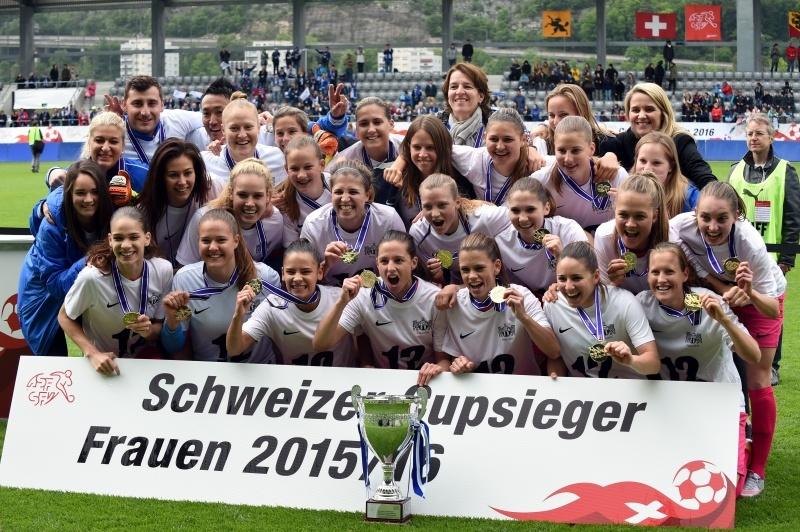
The proud team after winning the Swiss Championship this year.
Your team was already very successful before bringing Firstbeat Sports onboard to enhance training and game monitoring capabilities. What motivates an established champion to reach out and try this kind of technology?
It’s true that we found success before we started monitoring, but in addition to being the head coach, I am also the fitness coach for the team. As you can imagine, I have a special interest in the physiological condition of my athletes. All of our players are training 4-7 times per week, some are working or studying, some live far away and need to travel long distances just for training. Many of these factors are beyond my influence. There are times when it works best for athletes to do their endurance training work independently away from the team. This is where Firstbeat Sports offers a lot of help. Because athletes are able to record training activities using the heart monitoring belt, I can review it for them and provide feedback even when we are not physically together. The ability to coach remotely is a valuable resource for me.
Recovery management is a particularly important part of these sessions. Recovery is important for any athlete, but especially for those who work or study in addition to playing sports, or athletes who simply have more stress in everyday life. We have already had some very positive results based on the introduction of recovery testing and managing stress levels and training loads.
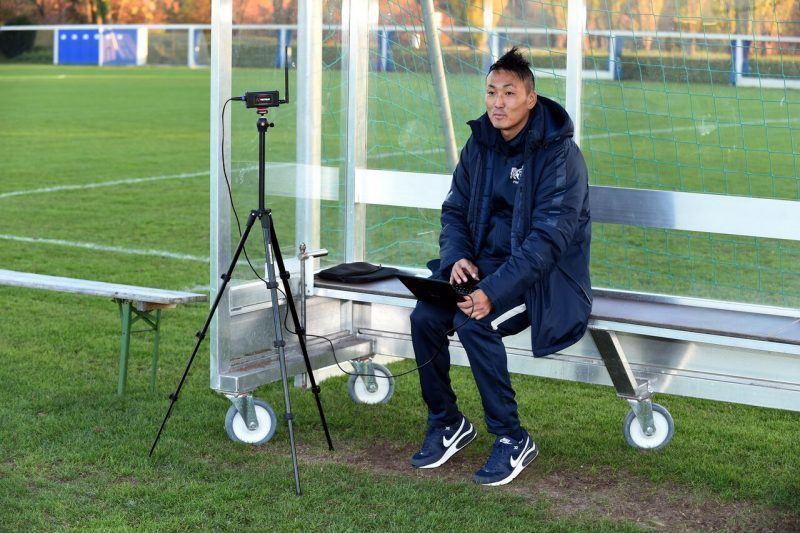
Head Coach Dorjee Tsawa controlling the Firstbeat Sports monitoring system during the workouts.
How does this work in a practical sense?
We use the monitoring belts to record heartbeat data from every training and game. The setup is remarkably easy, so we are able to get a lot of information without negatively affecting our training times and routines. One of the major benefits is access to real time information about each individual player. When we see something happening we can respond to it immediately and directly.
During games we look closely at physiological workloads. From that data we can see when an athlete has given everything, whether they should take it easy, or need to be substituted out. There are also cases where sometimes you can see that a player starts to ease up in the second half; especially when we are in the lead. Of course, that’s not what you want to see as a coach, so I’ll try to push a little more.
Is this a problem for the players?
At first, some were a bit sceptical about using the belts and monitoring system. But we were focused from the very beginning that this wasn’t about controlling them, but rather to benefit them individually. After a year of experience, I can say that wearing the monitoring belts was very positive for the overall motivation in the team. The players showed great interest in their own data which led to some very detailed post-training conversations. Additionally, and perhaps most importantly, we didn’t have a single injured player during the season which says quite a lot about the positive impact recovery monitoring can have on an athlete’s career. And we are taking a close look at recovery and fatigue data to increase the degree of individualization in our training plans. Once players recognize the value of monitoring belongs to them, adoption becomes a simple matter. These days wearing a heart monitoring belt comes as naturally to the players as shoes and shinguards.
How has the ability to witness individual player attributes change your approach as a trainer?
Well, for sure I can identify different types of players and how each player reacts to training loads much more effectively and concretely. For example, there are players who quickly reach their red-zone and stay there, and some who need to push much harder to reach that same zone despite the fact they are doing the same training. That’s perfectly normal for them. As a coach, when you can see what is normal for each athlete, you also have the ability to spot irregular training reactions. This is vital information for understanding when things are going well and also recognizing when intervention may be needed.
Over the course of last season, Firstbeat Sports helped us develop a clear physiological profile for each athlete on our team. We now have a much better understanding of how individual physiology impacts player performance which is good for setting expectations and also allows us to react faster when things aren’t going well.
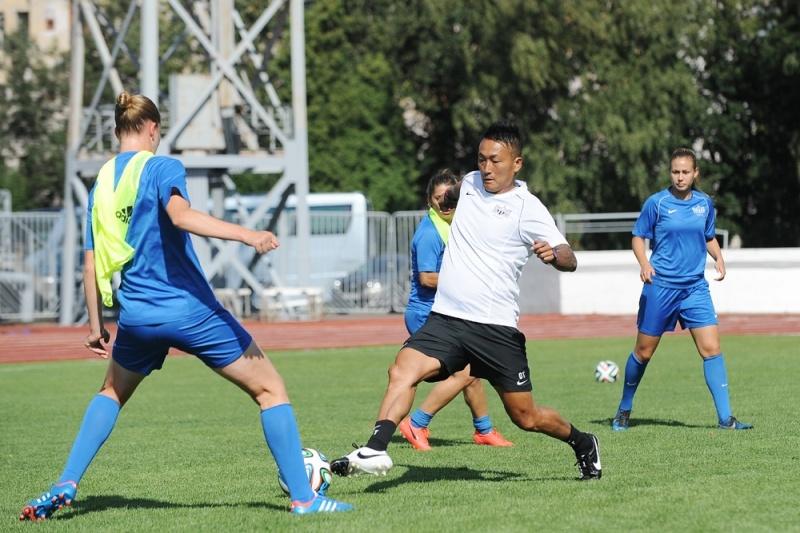
The head coach knows how to motivate his players also on the field.
Looking towards next season, will anything change for how you are using the Firstbeat Sports platform compared to this year?
Of course, we will continue to use the real-time monitoring and recording capabilities during each training session and game. Last season, we weren’t able to utilize the Quick Recovery Testing to its full potential, so that’s something we will try to integrate better into our preparation routines. Also we will probably have new players on the team, who will need to be brought up to speed in the same way our current players were last year. I expect this will be an exciting process. Other than that we were very pleased with Firstbeat Sports last season, so not much will change. From the start, my assistant coach, Marisa Wunderlin, who is also a sports scientist, and I both felt like we understood the platform’s possibilities and were very satisfied with what Firstbeat brought to our team last year.
You’ve won the Swiss Cup as a player yourself with the FC Zürich men’s team. What are the differences between men’s and women’s teams on the field? Are there any?
Yes, differences do exist, but the differences are quite a bit smaller these days than they used to be. Women are beginning to train at a much earlier age, just as the men do. So in terms of training careers, there is less difference I would say. Naturally this contributes to players having a better sense of game tactics and improved playing skills. It is worth highlighting the fact that for the women in our team the passion, desire and willingness to train is incredibly high which makes it even more rewarding to work with them. Also, because their individual motivation to learn and develop as players is extraordinary, the result is progress for the entire team.
Photos: FC Zürich Frauen
If you liked this article, you should subscribe to our mailing list.
Give your team the Firstbeat Sports competitive advantage.
Contact us for more information or get a quote.
d
You might also be interested in
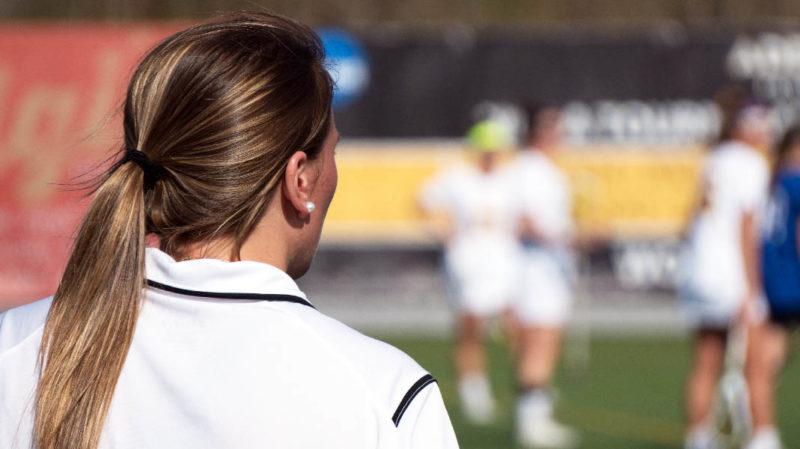
Using Data to Start Key Discussions With Your Athletes – With Jen Mavis, UMBC Soccer – Ep. 7
UMBC Women’s Soccer’s Assistant Coach talks about building trust between coach and athlete, preventing soft tissue injuries, the changing landscape of NCAA competition and coaching, + more
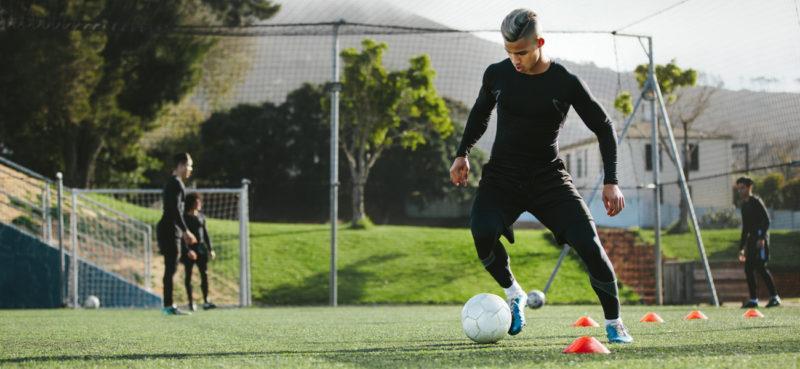
Why Monitor Internal Load in Elite Sports?
A look at the what, how and why of internal load monitoring and why it should form part of your training program.
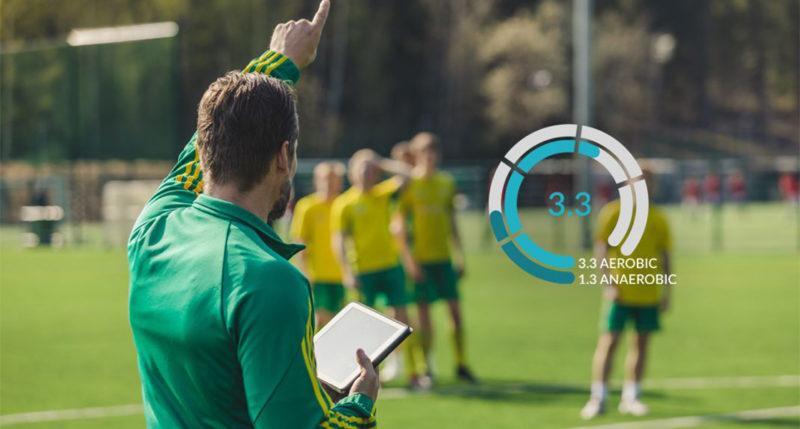
How to Use Training Effect: The Firstbeat Sports Feature that Measures the Impact of Training
In this article, we look at how Training Effect is calculated, the Training Effect scale, and how it is visualized in Firstbeat Sports.

